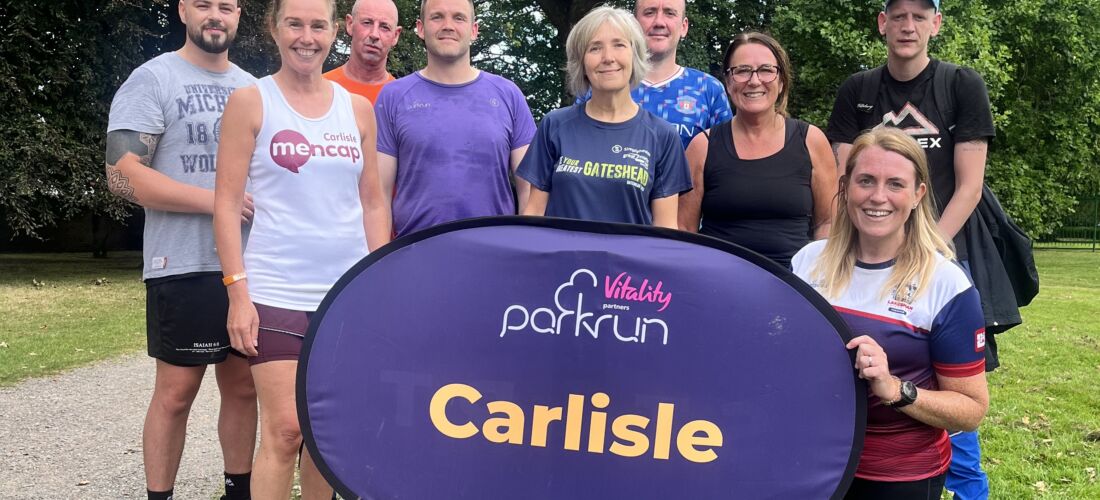Article by Lindsay Graham-Director of Lancashire and South Cumbria
When I’m not working at People First, or spending time with my family and our two Labradors, you’ll usually find me somewhere in or around the local Carlisle running scene, as a member of DH Runners or regular volunteer at Carlisle Parkrun. Through these roles, I’ve seen first-hand how much community spaces like sports clubs, youth groups and grassroots organisations mean to people. They’re where friendships are made, confidence grows and everyone can feel part of something bigger.
But creating those safe, welcoming spaces doesn’t happen by accident, it takes intention. Building inclusion starts with understanding that safeguarding is everyone’s responsibility.
No matter your role or level of experience, each of us has a part to play in looking out for one another. When clubs and organisations create open, respectful cultures, where people feel confident to raise concerns and know they’ll be listened to, it becomes easier to spot early signs of harm or isolation.
Embedding safeguarding into everyday life doesn’t have to be complicated.
It can be as simple as:
- Training staff and volunteers to recognise signs of abuse and understand that inclusion and wellbeing are the foundations of safeguarding.
- Keeping safeguarding policies clear, accessible and regularly revisited with members.
- Encouraging peer support, checking in on teammates and colleagues who might seem withdrawn or struggling.
- Responding with kindness and compassion when someone is brave enough to disclose abuse or harm, ensuring they feel believed and supported.
- Supporting colleagues who seek advice about safeguarding concerns, creating a culture where asking for help is encouraged and valued.
Inclusion and safeguarding go hand in hand. When people feel unseen or excluded, the risk of harm increases. Inclusive cultures celebrate diversity and ensure everyone has a voice. That might mean using inclusive language and imagery, offering different ways to take part or simply asking for feedback and acting on it.
At People First, we’ve seen how powerful it can be when organisations truly listen. When people know their voices matter, they’re more likely to speak up for themselves and for others. That’s when safeguarding becomes proactive, not reactive. It becomes part of the trust and care that hold our communities together.
If you’d like to learn more about building inclusive and safe environments or if your organisation needs a bit of help with safeguarding training or advice, please do get in touch. I’m always happy to have a chat, share resources or point you in the right direction.
Safeguarding is everyone’s responsibility but none of us have to do it alone.
